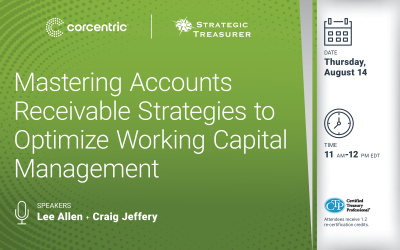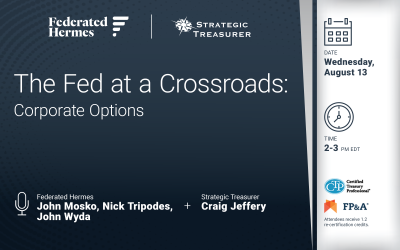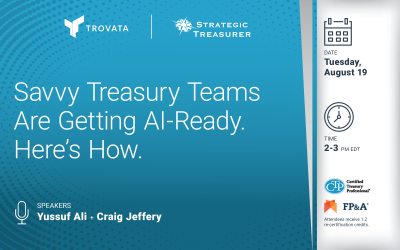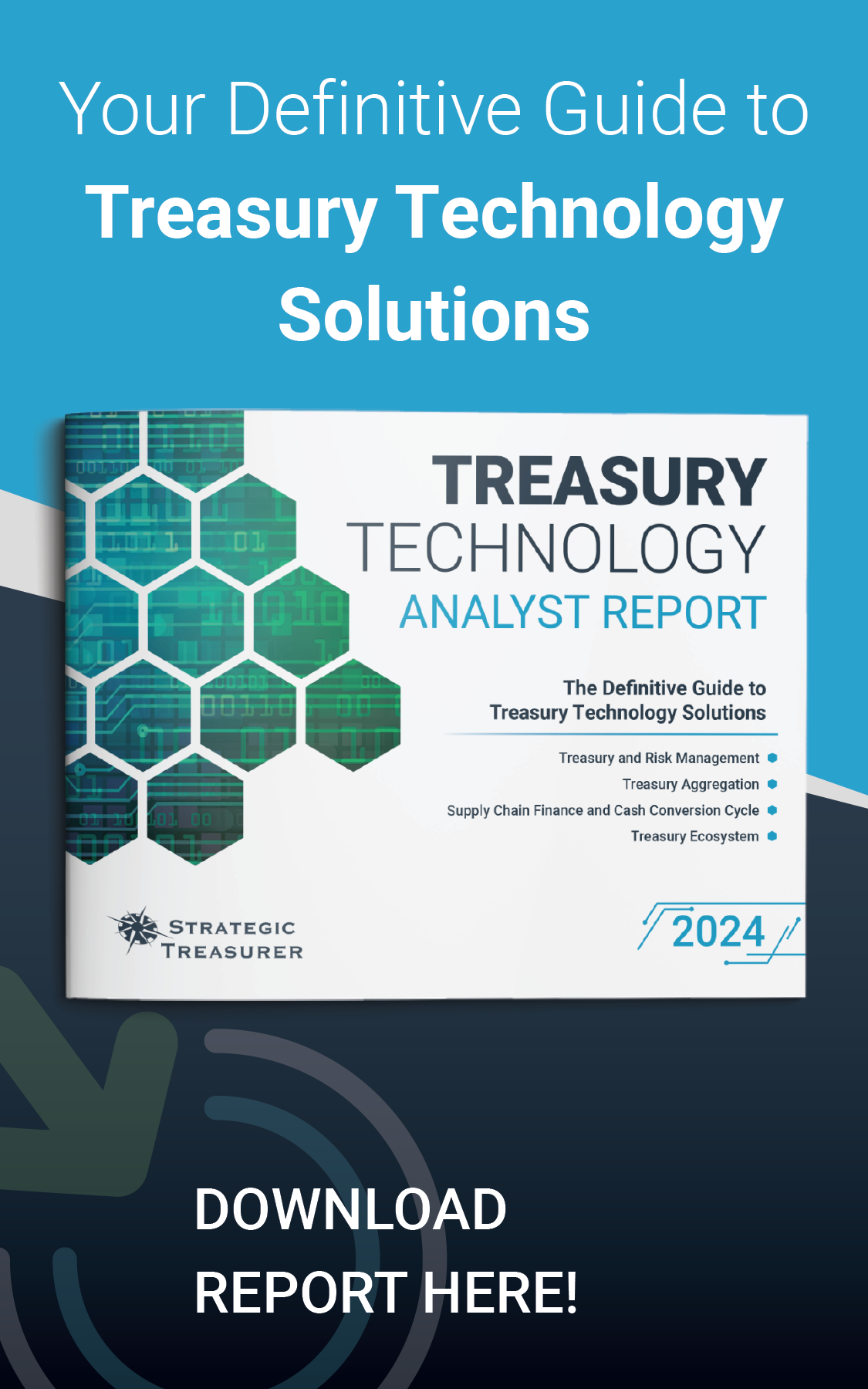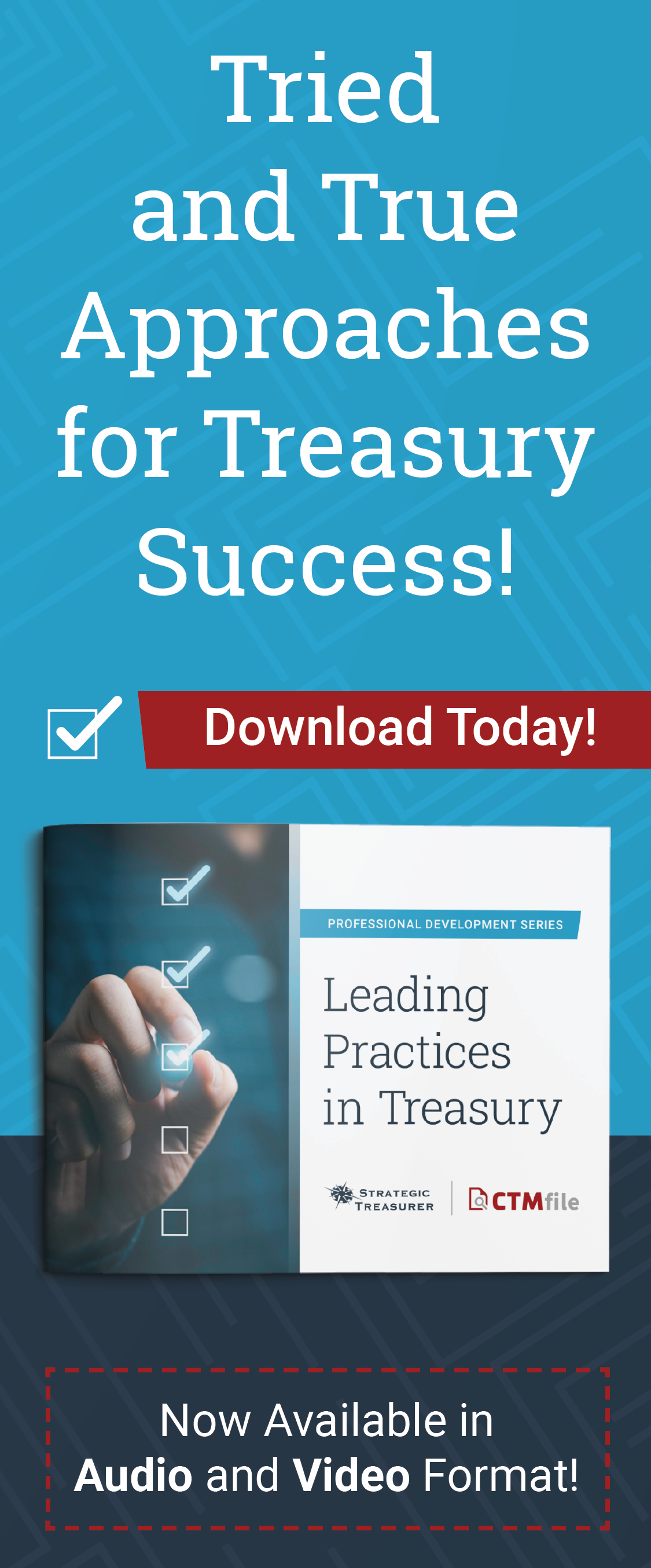Banks and fintech-oriented trade firms both vie for attention for corporate treasurers and have approached the relationship from different positions of strength.
Resolving the lack of available capital takes more than just a consideration of the core payables and receivables processes.
Digitalization of Trade Finance: Opportunities for Banks and Corporates
Co-Presented with Finastra
Date: Tuesday, March 27th, 2018
Time: 2:00PM – 3:00PM EST
Where: This is an online event.
Many organizations have significant amounts of capital tied up in their trade finance processes. In order to resolve this, it requires an analysis of one’s technology infrastructure. What efficiencies can be gained through digitalization of an organization’s trade processes? What obstacles are slowing change in this area and how can they be overcome? It is possible that reading more about digital transformation would prove to be wise.
This panel-type session will explore how newer digital tools and approaches represent an opportunity to optimize working capital management through an expanded perspective of trade finance.
1.2 CTP re-certification credits will be given for this webinar.
View the replay:
Download the deck from the webinar here:
If you encounter any issues with the replay or have questions regarding credits, please contact our team.
You may also be interested in:
Webinar: Mastering Accounts Receivable Strategies to Optimize Working Capital Management | August 14
Discover how effective accounts receivable (AR) practices can drive working capital optimization. This webinar explores various strategies to improve cash flow, reduce payment latency issues, turn cash over quickly, and strengthen financial control. Learn how AR management can support broader organizational goals for efficiency and sustainable growth.
Webinar: The Fed at a Crossroads: Corporate Options | August 13
Explore the Federal Reserve’s current position and potential future moves in this timely webinar. Join Federated Hermes and Strategic Treasurer as we discuss how upcoming Fed decisions could impact money market funds, liquidity investments, and short-term fixed income strategies. This session will provide insights into today’s rate environment, highlight potential shifts when rate cuts occur, and review considerations around extending investments further out on the curve. Treasurers will gain a broader perspective on balancing liquidity needs with yield opportunities amid evolving economic conditions.
Webinar: Savvy Treasury Teams Are Getting AI-Ready. Here’s How. | August 19
In this webinar, we’ll introduce a practical AI readiness checklist designed for forward-thinking treasury teams. You’ll leave with clear steps to evaluate your internal processes, assess your vendor ecosystem, and begin unlocking the value of AI with the data and systems you already have.


